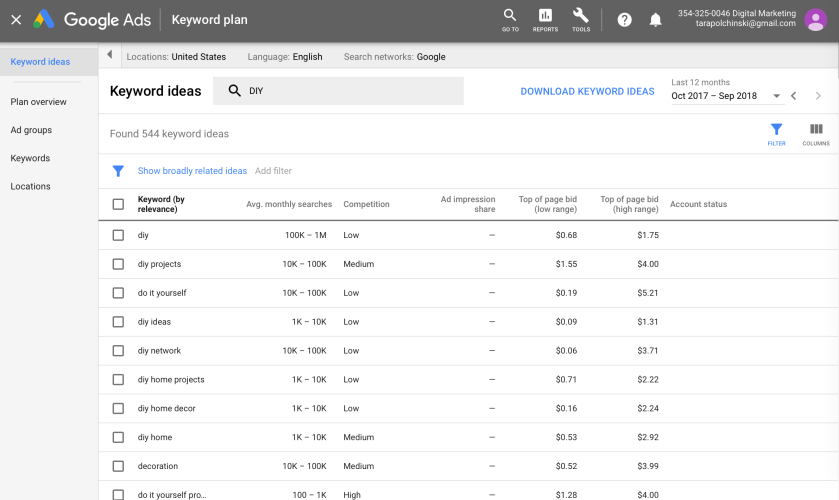For this blog post I will be focusing on ways to increase SEO ranking for my blog, which is an assignment for my Professor’s class but it can also help you too with your own website! First it is important to know what SEO means and what it stands for. SEO stands for Search Engine Optimization and can be broken down into On-Site and Off-Site SEO. To make it simple, Search Engine Optimization involves getting traffic to your website from free or “organic” search results. Links are very important when it comes to both On-Site and Off-Site SEO, as they are what bring consumers to your website. To quote my professor, “85% of all traffic on the internet is referred from a search engine,” which shows how important it is to provide keywords that are relevant to your content which will bring consumers to your site. When starting a website it is important to understand the concept of SEO and how to bring the most traffic to your website. Companies/Individuals can access information online about how to drive traffic to their website by reading articles like this one.
For this post I will be specifically discussing On-Site SEO which is used by digital marketers to increase traffic to a website. In order to increase traffic, which I discussed in my previous blog post, it is important to have keywords that are relevant to the content on your website. You can find relevant keywords by utilizing Google’s Keyword Planner, which allows you to assess for traffic and competition for each keyword. In my case, I will be selecting keywords that are related to the theme of my blog which is home decoration ideas and tips. The screenshot below shows all of the options for keywords that I could use when I typed in the keyword “Home decoration tips” and gives insight as to the competition and traffic of that particular keyword. The keyword “Home decoration tips” is an example of a long-tail keyword which is a more specific keyword and is beneficial to use because it narrows down the search.

Another keyword search that I performed included the phrase “DIY” which means “Do It Yourself.” This relates to the content on my website because the tips and advice I give on home decoration and organization are the kind that you can “Do It Yourself.” The keyword “DIY” is an example of a short-tail keyword which is beneficial to use because it keeps your search more broad as opposed to using a long-tail keyword.

Not only do keywords have to be relevant, it is important for keywords to be strategically placed in a least one of the following locations – the URL, title tag, header tag, content, alt text, and anchor text. As you can see in the screenshot below, I changed the URL for this specific blog post to include the keyword “Home Decoration Tips” so that when someone puts that keyword into a search engine, this specific blog post will appear in the search engine results.

Another place I put the keywords from the search I did within Keyword Planner was in the actual content of this blog. By placing the keywords “Home Decoration Tips” and “DIY” in the content, increases the likelihood that my blog website will appear in the search engine results if someone else uses the same keywords that I used.
My blog posts improve my SEO quality rankings especially if I have relevant keywords that are placed strategically in the locations that I mentioned previously. It is important as a blogger and even as an individual who runs a website that your content is up to date and that you are posting frequently. Frequent posts drive traffic to your website and can ultimately lead to conversions. Lastly, frequent use of the same keywords and theme ideas can drive even more traffic to your website.
